Swedish craft companies playing the long game: Svenskt Tenn and Märta Måås Fjetterström
By Dag Granath
Something that’s true for most – if not all – companies covered by Permanent Style is that they aspire to create something that stands the test of time. Two of my favourite Swedish companies outside menswear have this same aspiration, and in a recent conversation with Simon he suggested readers would be interested in hearing about them.
I find it’s often the case that one can enrich one’s palette and develop one’s practice by looking to related areas. For instance, in our work we often find that clients start their interest in clothes by becoming interested in shoes. They realise that a shoe that is properly made will last longer, age more gracefully and look better. That insight spills over into other aesthetic fields, including clothing and other crafts.
For our part, we find the more we engage in art, design and culture the more excited we get about clothes and tailoring. Two companies we discovered in that way, and in more recent years befriended, are textile studio Märta Måås Fjetterström and interior design company Svenskt Tenn.
While not in the business of making clothes, we’ve found their approach to production and to longevity inspirational.
Shortly after setting up her namesake textile studio in 1919, Märta Måås-Fjetterström became an integral part of the so-called Swedish Grace movement, a term describing turn-of-the-century architecture and design that mixed modernism and art deco.
Personally, I’ve always found this part of Swedish design history interesting because it circles around a discussion of the role of craftsmanship in modern society – a topic that only feels more relevant today.
Märta Måås-Fjetterström was also integral in elevating the status of textiles into an artform in Sweden. In our Stockholm atelier, we have a large MMF tapestry (pictured top) that’s probably the decorative object visitors respond most strongly to. It was originally woven in 1931 and has been refurbished many times since, so the fact it still resonates with people must speak to some qualities of the work.
What’s particularly interesting about MMF is that craft is – and always has been – the guiding principle behind the designs. A creative director is always subordinate to the production manager: they dictate what can and can’t be done aesthetically, so that nothing is produced where the studio can’t excel.
MMF uses a wide range of techniques – knotted pile, knotted relief pile, knotted rya, rölakan flat weave, tapestry weaving and gobeläng flat weave – and each of these drive the studio’s designs. Some of the methods are unique to them.
I spoke to the owners of MMF recently (above) about the techniques and about the focus on longevity.
Dag: Tina, you and Ulrik were collectors of Märta Måås-Fjetterström but then went on to buy the company in 2001. What made you take that step?
Tina: We were reluctant at first, but we realised how unique the studio in Båstad is, and that the company needed to bring forward its incredible archive and history. We also wanted to work with contemporary artists as collaborators, in order to explore the cultural heritage that MMF has become.
DAG: What makes the work of the MMF studio unique?
TINA: The combination of artistic direction and craft is something you very rarely see. Many craftspeople have the ability to produce technically excellent work, but sometimes they lack the artistic aspects needed to produce something that aesthetically stands the test of time. In our case, the weavers are the artists.
A technique that is unique to MMF is gobeläng flat weave. This is similar to how tapestry lengths are made at Les Gobelins, but applying it to rug qualities gives it a unique appeal. The technique is very demanding physically, and the weavers have to use their artistic competence throughout the process to get the desired flow of colors.
The second company I wanted to highlight is Svenskt Tenn. Frankly, it’s almost impossible to talk about Swedish arts and crafts without mentioning the company: they’re almost woven into the fabric of Swedish design history.
The company was founded by Estrid Ericson as an interiors shop, studio and tea saloon in 1924. Since 1975, it’s been owned by a foundation - an active choice to make sure “the company will live on for eternity”. Like many companies featured on Permanent Style, it is unusual in a world where the aim is commonly very short-term profit.
While Scandinavian design is commonly associated with austerity and simplicity, Svenskt Tenn’s designs are essentially playful and colourful. Like MMF, a big portion of its collections are archival designs originally created almost a century ago. My personal favourites include the works in pewter by Anna Petrus and Nils Fougstedt (above), and the iconic furniture by Josef Frank.
Maria Veerasamy (above), the CEO at Svenskt Tenn since 2011, has a background working with glass but also tailoring. An ex-punk rocker, she also carries a DIY ethos and is passionate about creating things by hand.
Dag: I know you work very closely with your suppliers. How do you mange those relationships?
Maria: We think it’s important the Svenskt Tenn team understands every way our producers work. For instance, when sourcing alder root veneer for certain Josef Frank table designs, our staff needs an incredible eye to understand graining and coloring of the wood, and how that will translate into a piece of furniture.
Dag: Interesting. It’s not unlike working with a tailor – a big challenge can be understanding how a suit will look just by looking at a small swatch, something it can take years to do instinctively. The tailor analogy also applies in the sense that the more you’ve worked with a tailor, the better work you can do together.
I suppose this all means that you rely heavily on the wellbeing of your suppliers?
Maria: Yes, and we provide a fundamental role there. The network of craftspeople producing for Svenskt Tenn is vast, and many of them have experienced decreased demand over the years. This obviously makes it difficult for them to invest in developing their practices and bring in new apprentices. Svenskt Tenn’s function is to provide them with the stability and longevity they need to be able to plan ahead.
Talking to Tina and Maria kept reminding me of the now popularised academic concept of finite and infinite games, an idea first introduced by theology professor James P Carse.
Finite games are games you play to win. As a company, that might mean you plan an exit at some point by selling the company. Infinite games, on the other hand, are played to keep on playing. You work to build something solid enough to hand to the next generation.
Märta Måås Fjetterström and Svenskt Tenn are both playing an infinite game: playing for the sake of keeping going, and as a result also making the journey meaningful and enjoyable.
In some ways, this is also how most of us reading Permanent Style go about building our wardrobes. We want to build relationships with our clothes and the brands that make them. Over time, we also gradually realise we engage with clothes because we enjoy doing so, rather than to achieve some imagined perfect wardrobe. After all, then we’d never have to think of clothes again.
The faster the world moves, the more luxurious it feels to give yourself the time to make decisions and figure out what makes you feel fulfilled aesthetically. And finding people, within or outside the industry, who share that approach is always a fulfilling experience.
Both the Svenskt Tenn and MMF websites have lots of further reading. In particular, the Svenskt Tenn site has pages on all its best-known pieces, such as the Anna Petrus pewter and the making of the armchairs.
Dag is the co-founder of of Saman Amel


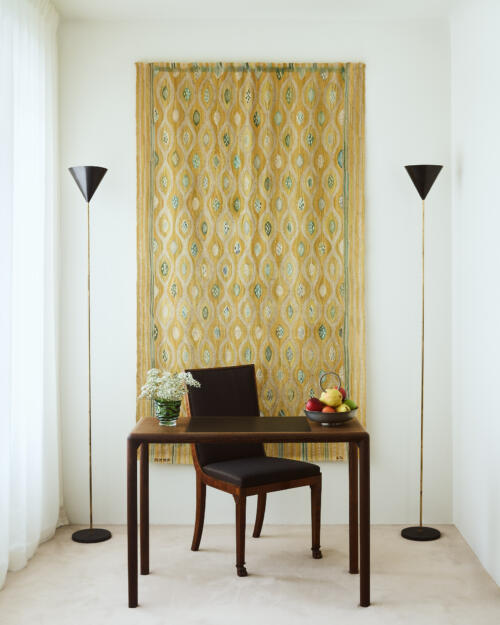
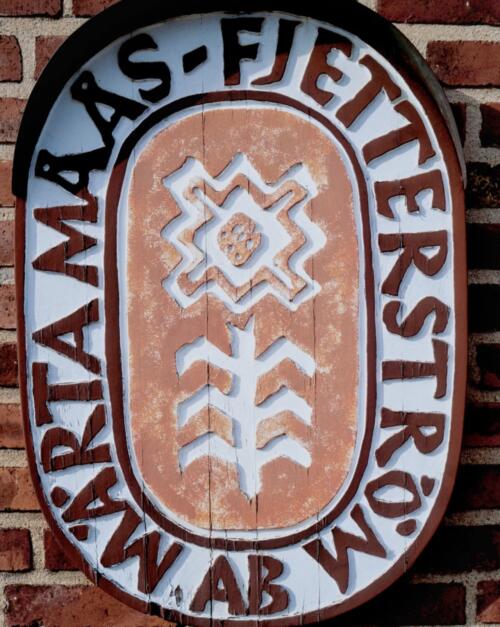
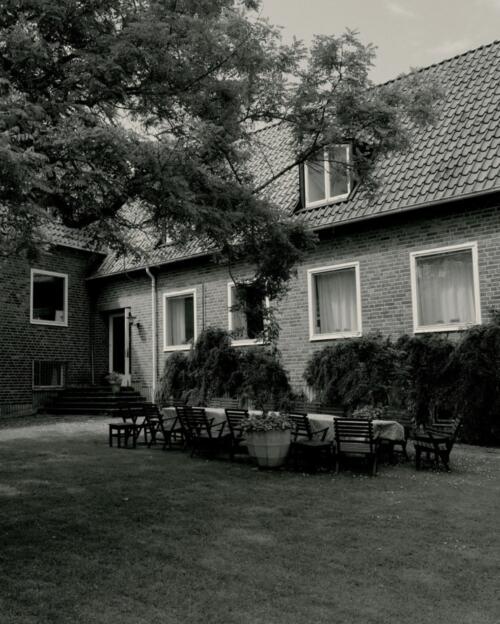
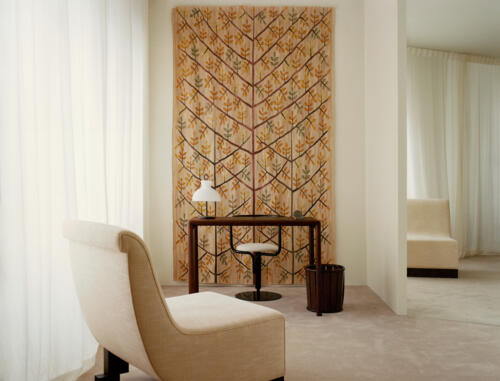
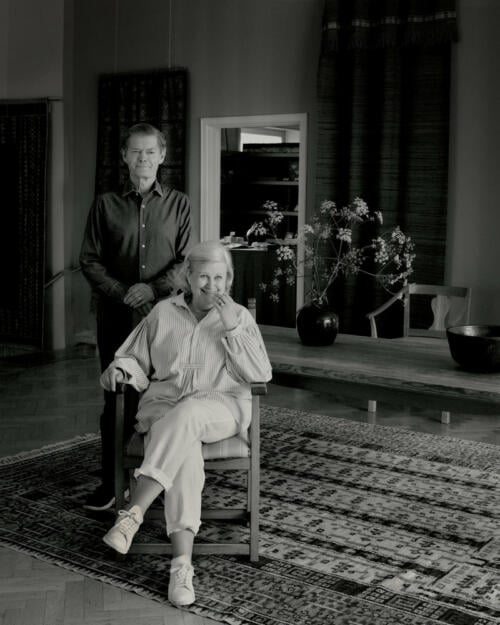
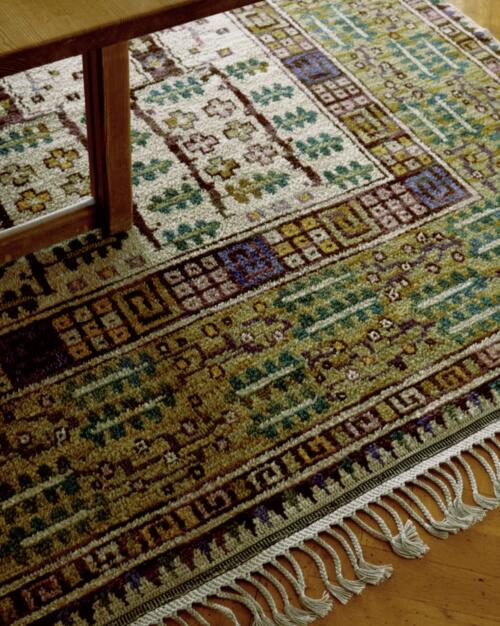
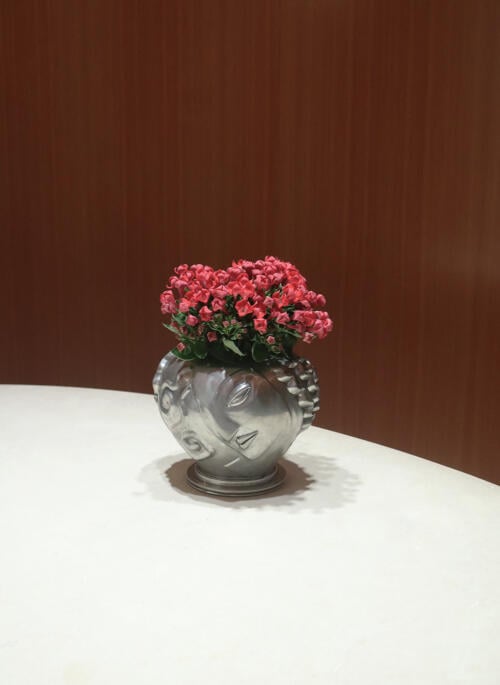
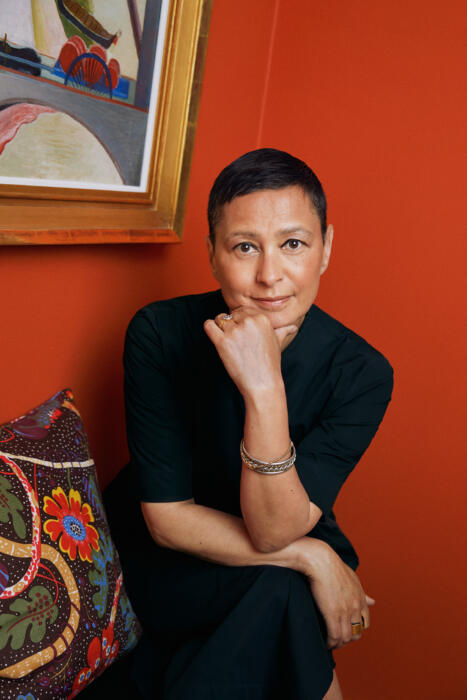
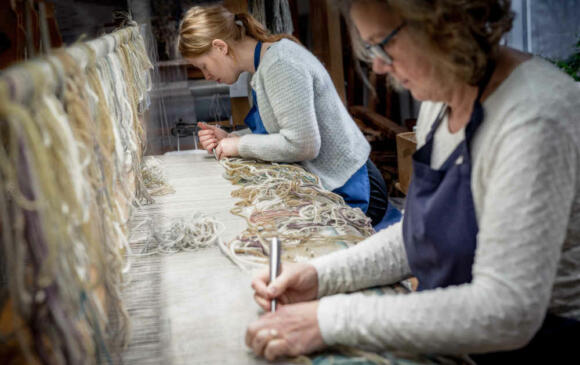
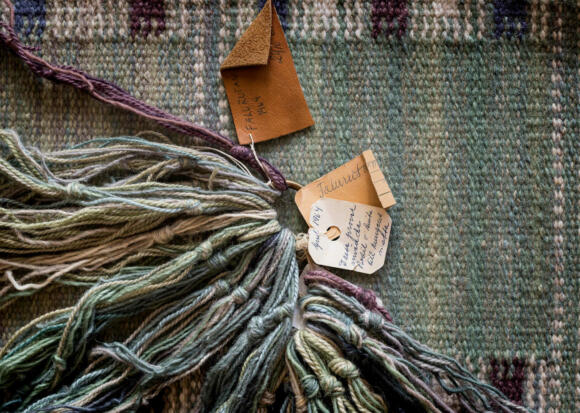
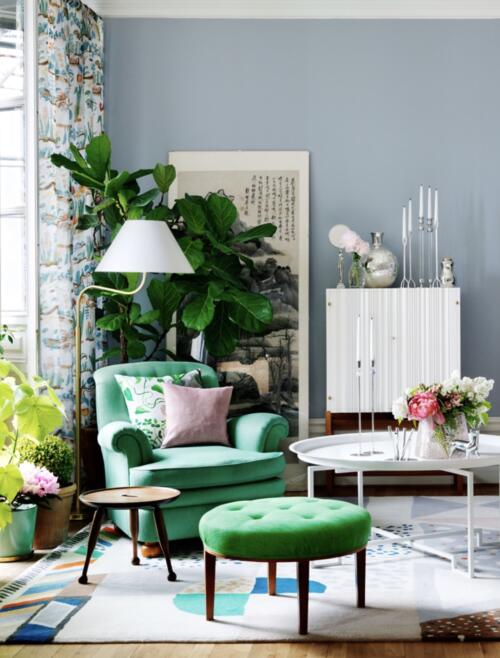
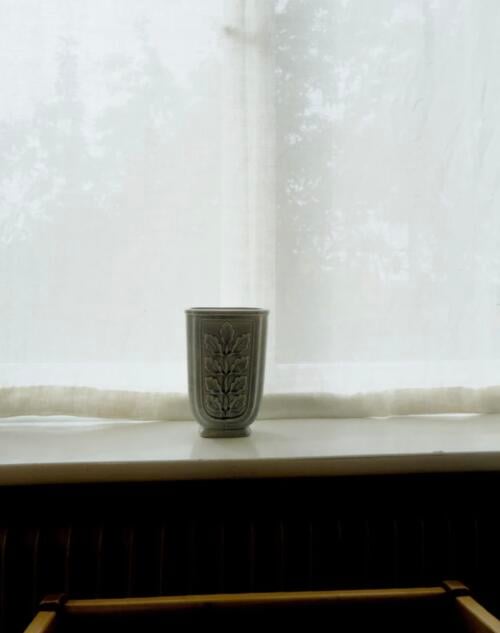


























I occasionally ride the train with a couple of the craftspeople from the MMF studio in Båstad and their knowlegde of their craft is wild. Also impressive is their encyclopedic knowledge of the studio’s historic designs. My mother inherrited an old carpet we suspected was from MMF and they showed me how to authenticate it. I double checked and found my mother’s carpet to be an orignal Barbro Nilsson design made in their studio in Båstad. My grandmother, not a weathy woman, bought it in the 1960s and it must have been a huge investment back then. Really happy my mother inherrited it and have it in her living room, still looking great after all these years. Thank you for the read Dag and hope more people get to know this side of swedish design.
Thank you for sharing that Simon! They have some great people working there and my experience is also that they are very happy to share their knowledge.
Lovely article. Ironically, perhaps, I discovered MÄRTA MÅÅS FJETTERSTRÖM in this Nov 11 write-up in the New York Times, entitled “Rugs that ripple like a Stream”. https://www.nytimes.com/2023/11/10/t-magazine/marco-zanini-marta-maas-fjetterstrom-rugs.html (there may be a paywall). Your article, Dag, is far more informative. Thank you for sharing.
Really interesting article, thanks. Having previously had a (no doubt incorrect) stereotypical view of Swedish style as rather minimal and austere it was pretty eye-opening to discover the beautiful textile patterns. I recently bought a vintage Ingegerd Silow flat weave rug which brings me joy every time I see it
There is such a thing as a “Scandinavian palette” which is indeed somewhat modest, however, there are so many examples of the contrary which I find very interesting – MMF and Svenskt Tenn being two of them.
Hi Dag, do you think having the prices in Swedish makes it harder for the potential customer, at least in the uk?
Most certainly. It is something worth bringing up with them. For good or bad, many international customers find their way to MMF via interior architects which means they rarely connect personally with the company.
Great article. Thank you. I think of it as a reminder that there is no art without serious mastery of underlying craft. No suits without fabric, no fabric without weavers with deep knowledge of technical matters. I can go on and on all the way back to the shepherds, breeders, even veterinarians. Just coincidentally, not all that long ago I purchased a book on Josef Frank from Svensk Tenn for my very artistically included wife. Keep profiling those who play the infinite game.
Lovely to hear Tom